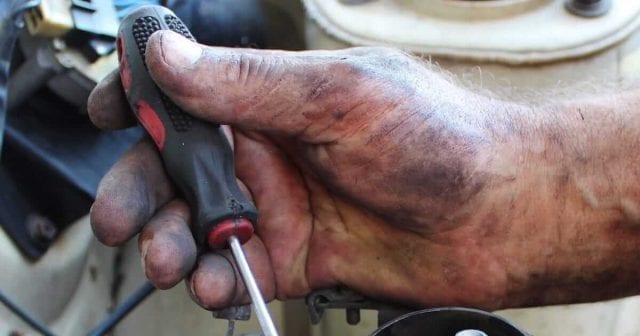For anyone who routinely uses the left lane and gets passed by angry drivers on the right, you might wonder what the big deal is; you may even think that as long as you’re driving the speed limit, you can stay right where you are.
For everyone else who finds themselves weaving in and out of traffic, slamming on brakes, and yelling at other drivers who can’t hear you, you know exactly what the problem is — slow drivers need to stay to the right. It’s not a suggestion, it’s safety.
IT’S THE LAW
Slow traffic keeping to the right isn’t just a courtesy to other drivers. In 29 states, it’s the law. When you travel on the interstate, you may see signs that say “Slower traffic keep to the right.” This isn’t a suggestion for anyone going under the speed limit. In fact, if you’re going slower than any of the traffic around you, you need to be in the right lane.
What happens when slow traffic travels both in the right and left lanes is that faster drivers are forced to weave in and out of traffic. This weaving, because of slower drivers, causes more accidents than speeding causes. Not convinced? To see this in action, you only have to look to the German Autobahn.
NO SPEED LIMITS, FEWER ACCIDENTS
Fifty percent of the German Autobahn has no restricted speed limit. Overall, fewer accidents occur on the Autobahn than in the United States, 2.7 for every billion kilometers versus 4.5 for every billion kilometers. What makes this roadway and these drivers different from the U.S.? It’s not just the lack of speed limit, but the very culture of driving in Germany.
- It is illegal to pass on the right in Germany. This eliminates the weaving common to our roads.
- Obtaining a license is more difficult and more expensive in Germany than the U.S.
- The Autobahn is better maintained and has a higher rating than the U.S., a 40 year rating instead of 20 years.
- Camera technology is installed throughout the Autobahn to catch lawbreakers.
- Vehicles are safer because they’re required to be inspected every two years.
- Unsafe driving practices and even breaking down on the Autobahn for preventable reasons bring heavy fines and even jail time if an accident is caused.
While American drivers can’t do much about the condition of the roads or the ease with which people get a license, preventing accidents is within our power simply by keeping to the right when other traffic is moving faster. Paying attention to the road and being courteous to other drivers will prevent plenty of unnecessary accidents.
Unfortunately, you can’t avoid every accident. Make sure you have the right auto insurance to protect you in any situation. If you need a quote for a new policy or you have questions about your current coverage, contact us at Charlotte Insurance. We can’t do anything about slow drivers in the left lane, but we can make sure one accident on the road doesn’t wreck you financially.






